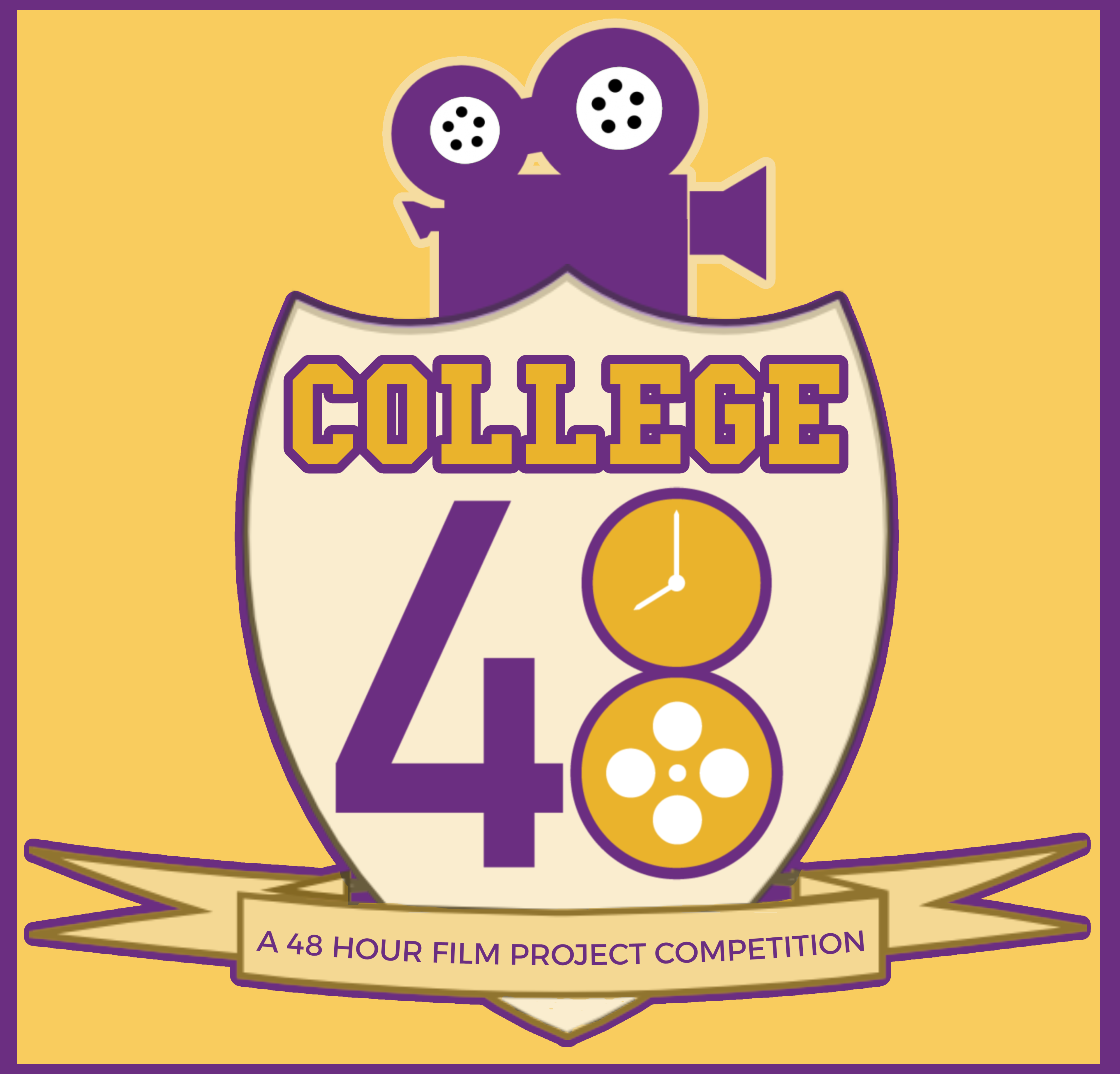Jiangsu 29
Listen to Jiangsu 29, a 20-year-old woman from Yixing, Jiangsu Province, China. Click or tap the triangle-shaped play button to hear the subject.
Both as a courtesy and to comply with copyright law, please remember to credit IDEA for direct or indirect use of samples. IDEA is a free resource; please consider supporting us.
BIOGRAPHICAL INFORMATION
AGE: 20
DATE OF BIRTH (DD/MM/YYYY): 30/10/1989
PLACE OF BIRTH: Yixing, Jiangsu Province
GENDER: female
ETHNICITY: Han Chinese
OCCUPATION: student
EDUCATION: university
AREAS OF RESIDENCE OUTSIDE REPRESENTATIVE REGION FOR LONGER THAN SIX MONTHS: N/A
OTHER INFLUENCES ON SPEECH:
She has had limited exposure to native English speakers in the seven months prior to the date of the recording.
The text used in our recordings of scripted speech can be found by clicking here.
RECORDED BY: Bill McCann
DATE OF RECORDING (DD/MM/YYYY): 28/04/2010
PHONETIC TRANSCRIPTION OF SCRIPTED SPEECH: N/A
TRANSCRIBED BY: N/A
DATE OF TRANSCRIPTION (DD/MM/YYYY): N/A
ORTHOGRAPHIC TRANSCRIPTION OF UNSCRIPTED SPEECH:
I want to say something about my hometown. Um, I come from Yixing. It is a small city in the south of Jiangsu Province. Um, but it is very beautiful. Um, it, ah, has a long history about the [pause] pottery, and it is famous for, um, pottery.
[The subject now goes on to read abstracts from the Analects of Confucius in her own Yixinghua dialect, a member of the Tai group of the Wu Dialect family. She did not provide a transcript. See the commentary below. A reading in Putonghua (Mandarin) can be heard on the Hebei 1 sample.]TRANSCRIBED BY: Bill McCann
DATE OF TRANSCRIPTION (DD/MM/YYYY): 01/07/2013
PHONETIC TRANSCRIPTION OF UNSCRIPTED SPEECH: N/A
TRANSCRIBED BY: N/A
DATE OF TRANSCRIPTION (DD/MM/YYYY): N/A
SCHOLARLY COMMENTARY:
SHORT READINGS FROM THE ANALECTS OF CONFUCIUS
KEY: A = Mandarin (Simplified); B = Mandarin (Pingyin); C = Dialect (Pingyin); D = English.
孔子: 论语 – Kǒng zǐ : lún yǔ – Kon zi: len yu – Confucius: Lun Yu
學而第一 – xué ér dì yī – Xué ér dì yī – Chapter One
A: 1-1:- 子曰: 學而時習之、不亦說乎。
B: yī-yī :- zǐ yuē: xué ér shí xí zhī, bù yì yuè hū.
C: yī-yī :- Zi yao yue er shi xi zi, bei yi yue hu.
D: 1-1:- The Master said: Is it not pleasure to learn, and practice what is learned time and again?
A: 1-2:- 有朋自遠方來、不亦樂乎。
B: yī-èr:- yǒu péng zì yuǎn fāng lái, bù yì lè hū.
C: yī-èr:- Yu pang yu cong yu fang lai, be yi le hu.
D: 1-2:- Is it not happiness to have friends coming from distant places?
A: 1-3:- 人不知而不慍、不亦君子乎。
B: yī-sān: rén bù zhī ér bù yùn, bù yì jūn zi hū.
C: yī-sān: Nin be zi er be yun, be yi jun zi hu.
D: 1-3:- Is it not virtue for a man to feel no discomposure when others take no note of him?
為政第二 – wéi zhèng dì èr – wéi zhèng dì ér – Chapter two
A: 2-2:- 子曰:「詩三百,一言以蔽之,曰:『思無邪』。
B: èr-èr:- zǐ yuē: shī sān bǎi, yī yán yǐ bì zhī , yuē: sī wú xié.
C: èr-èr:- zi yao su sei bao, ye yi yi bi zi, yao si fu xiao
D: 2-2:- The Master said: In the Book of Odes there are three hundred poems, but they may be summarised in a single sentence: Think no evil.
A: 2-7:- 子游問孝。子曰:今之孝者,是謂能養。至於犬馬,皆能有養;不敬, 何 以別乎。
B: èr-qī:- zǐ yóu wèn xiào. zǐ yuē: jīn zhī xiào zhě, shì wèi néng yǎng. zhì wū quǎn mǎ, jiē néng yǒu yǎng; bù jìng, hé yǐ bié hū.
C: : èr-qī:- Zi yu meng xie. zi yao: jingza ge xie ze, si wei neng se. zu yu qu mu jie neng yu se; fe jing hou
D: 2-7:- Zi You asked what filial piety was. The Master said: Nowadays, providing support for one’s parents is considered filial piety. But dogs and horses can also do this. If there is no respect, what is the difference?
A: 2-10:- 子曰:「視其所以,觀其所由,察其所安。人焉叟哉?人焉叟哉?
B: èr-shí :- zǐ yuē: shì qí suǒ yǐ , guān qí suǒ yóu, chá qí suǒ ān. rén yān sǒu zāi? rén yān sǒu zāi?
C: èr-shí :- Zi yao: ku qi sou yi, gu qi sou yu , su qi sou u. nin ye sou zai? nin ye sou zai?
D: 2-10:- The Master said: Watch what a man does. Find out his motives. See how he takes his ease. How then can the man hide his true self? How can the man hide his true self?
COMMENTARY
There is some evidence of accent reduction, but the accent remains fairly strong. The aspirated /h/ is fairly well represented, as is the dropping of the possessive and final /s/ in words that already have an/s/ sound, as in “goose’s” and “Mrs” in the script reading.
The subject’s hometown, in Yixing, is located 60 kilometres from Wuxi on the western bank of Taihu Lake and is part of the Yangtze River Delta. Yixing County was established in 221 BCE (Qin Dynasty) with the name of Yangxian. Between 303 CE and 310 CE, the local aristocrat Zhou Qi, who was the eldest son of General Zhou Chu, suppressed rebellions three times. And then Yangxian was renamed Yixing ( 义兴), meaning loyalty and prosperity) to honor Zhou Qi. In 976 CE, Yixing (义兴) was renamed Yixing (宜兴) as a consequence of avoiding the use of the King’s name (Zhao Kuangyi, Emperor Taizong of Song).
The city is criss-crossed by small canals with ponds and lakes dotted around them and lies atop a series of more than 50 caves. The most famous four are the Zhanggong Cave, Linggu Cave, Shanjuan Cave, and the Karst Cave in Luoyang Hill. This 5,000-square-meter cave has four layers, the lowest being an underground waterway. The narrow lower cave, which contains a waterfall, is linked with the 120-meter-long water cave, where tourists are able to row along the winding underground stream. Some of the stalactites in the cave are seven meters long.
Yixing is known as the “capital of pottery” and has been producing pottery for more than 3,000 years. During the Ming Dynasty (1368-1644CE), the industry saw its heyday. But there’s been something of a revival in recent years, and there is now a thriving export market for its products, especially the “zisha”-style teapots.
Yixing is also famous in China for thousands of scholars and scientists born here, among whom there are 12 academicians of Chinese Academy of Sciences and 13 academicians of Chinese Academy of Engineering.
COMMENTARY BY: Bill McCann
DATE OF COMMENTARY (DD/MM/YYYY): 01/07/2013
The archive provides:
- Recordings of accent/dialect speakers from the region you select.
- Text of the speakers’ biographical details.
- Scholarly commentary and analysis in some cases.
- In most cases, an orthographic transcription of the speakers’ unscripted speech. In a small number of cases, you will also find a narrow phonetic transcription of the sample (see Phonetic Transcriptions for a complete list). The recordings average four minutes in length and feature both the reading of one of two standard passages, and some unscripted speech. The two passages are Comma Gets a Cure (currently our standard passage) and The Rainbow Passage (used in our earliest recordings).
For instructional materials or coaching in the accents and dialects represented here, please go to Other Dialect Services.
 IDEA: International Dialects of English Archive
IDEA: International Dialects of English Archive





